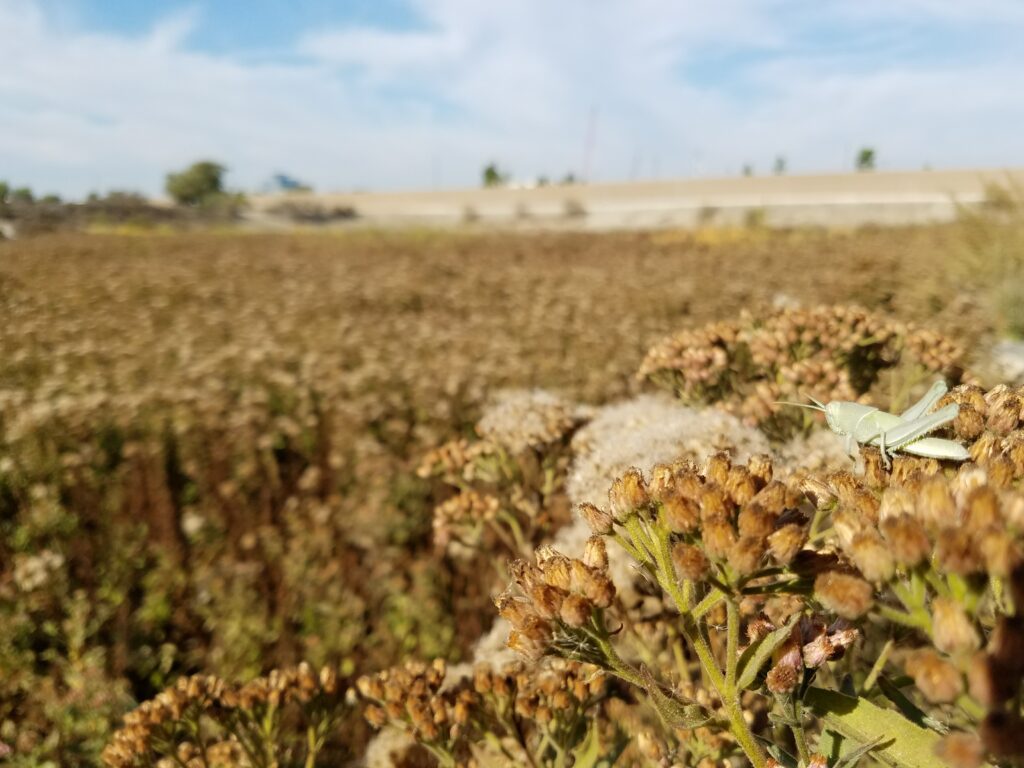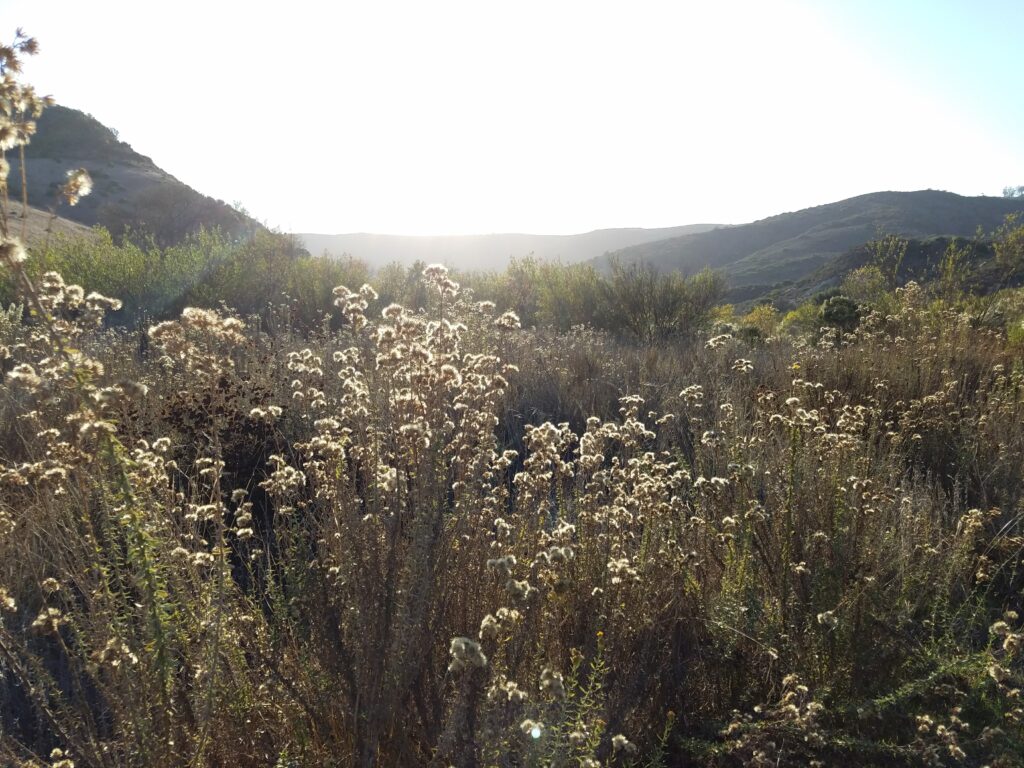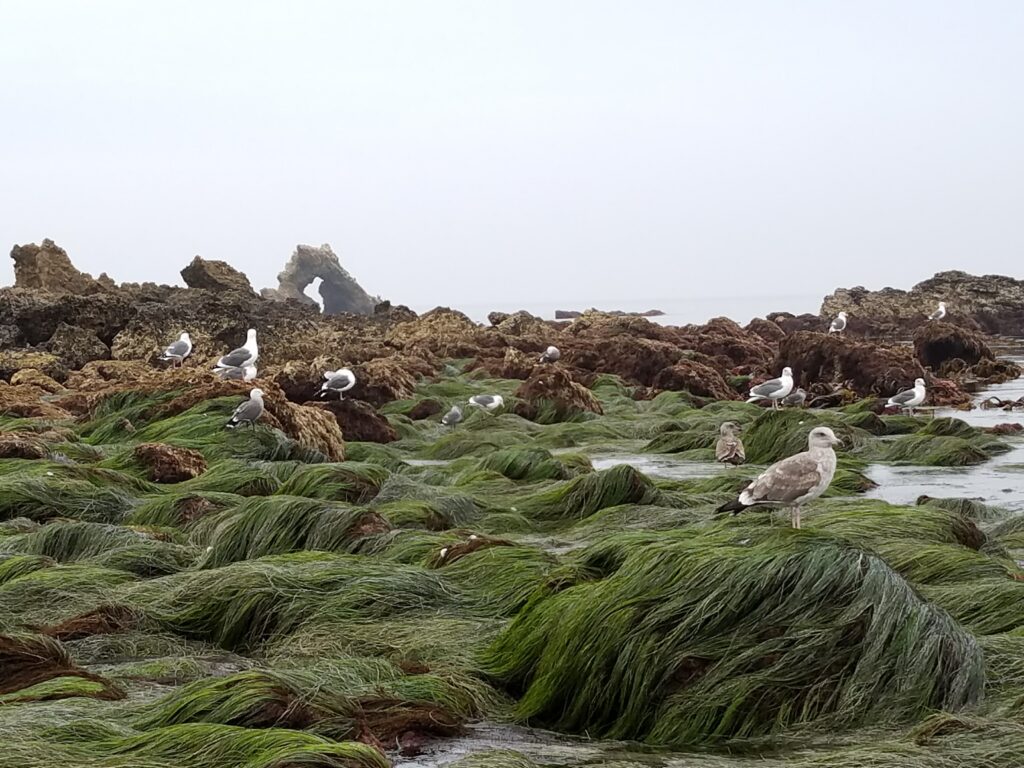Nature Study: A Charlotte Mason Guide
What is Nature Study?
Nature study is a cornerstone of Charlotte Mason’s educational philosophy, emphasizing the importance of children engaging directly with the natural world. It involves regular, unstructured time outdoors, where children observe, explore, and develop a personal relationship with the world around them. This practice nurtures a sense of wonder, cultivates habits of attention and observation, and fosters intellectual, moral, and spiritual growth. Unlike structured curricula, nature study is flexible and responsive to the changing seasons and local habitats, allowing children to encounter and appreciate the beauty and intricacy of creation firsthand.
The Heart of Nature Study
Nature study is not about memorizing facts from textbooks or watching documentaries, though those can be helpful tools. Instead, it’s about experiencing the beauty of the world firsthand. By spending time outdoors in natural settings—not playgrounds or landscaped parks—children form personal relationships with the world around them.
“To see a World in a Grain of Sand
And a Heaven in a Wild Flower,
Hold Infinity in the palm of your hand
And Eternity in an hour.”
– William Blake, Auguries of Innocence“
The Transformative Power of Nature Study
Nature study offers far more than academic knowledge—it provides a doorway to transformation. For centuries, some of the greatest minds and creators have drawn profound insights, beauty, and solace from their connection with the natural world.
“The whole charm of childhood still lingers, for me, in such a fishing net… With such an instrument, I caught, at the age of nine, the first Daphnia for my fishes, thereby discovering the wonder-world of the freshwater pond which immediately drew me under its spell. In the train of the fishing net came the magnifying glass; after this again a modest little microscope, and therewith my fate was sealed; for he who has once seen the intimate beauty of nature cannot tear himself away from it again. He must become either a poet or a naturalist and, if his eyes are good and his powers of observation sharp enough, he may well become both.”
– Konrad Lorenz, Austrian zoologist, winner of the Nobel Prize
This sentiment echoes across history. Nature’s beauty and intricacy have sparked the creativity of poets like William Wordsworth, inspired the sweeping landscapes of Claude Monet, and infused the music of Ludwig van Beethoven with its rhythm and energy. John Muir called nature his cathedral, finding in it the peace and perspective that guided his efforts to “preserve God’s wild gardens.”
For scientists, nature study was foundational. Isaac Newton unraveled the laws of physics beneath an apple tree. Gregor Mendel’s careful observations of pea plants revealed the principles of genetics. For both, their discoveries began not in a lab, but in the simple act of paying attention to the natural world.
Even leaders and visionaries found renewal and wisdom in nature. Theodore Roosevelt, a lifelong advocate for conservation, credited his love of the outdoors with grounding and inspiring his leadership. Helen Keller, blind and deaf, experienced nature through touch and wrote of its profound impact on her understanding of the world.

A Gift for All Who Look
When we step outside and truly see, nature transforms us. Its beauty invites us to reflect, its complexity compels us to learn, and its cycles teach us to hope. Nature study isn’t just for children; it’s a lifelong source of inspiration and insight that nourishes the mind, body, and soul.
In the words of Charlotte Mason:
“We are all meant to be naturalists, each in his own degree, and it is inexcusable to live in a world so full of the marvels of plant and animal life and to care for none of these things.”
Through nature study, we not only teach children to see the world—they also teach us to see anew.
What Charlotte Mason said about Nature Study
You can learn more by going directly to the source. You can read about Nature Study in these sections of Charlotte Mason’s Volumes:
Home Education (Volume 1)
- Part II Out-of-Door Life for the Children. This section provides a detailed explanation of her philosophy and practical guidance for incorporating nature study into a child’s daily routine including:
- “Growing Time”: Explains why children need daily outdoor time and how being in nature supports their physical and mental well-being.
- “Sight-Seeing” and “Picture-Painting”: Offers methods for developing a child’s powers of observation and memory without overwhelming them with unnecessary direction.
- “Flowers and Trees”: Provides tips on helping children notice plants, follow seasonal changes, and keep a nature calendar or diary.
- “Living Creatures”: Emphasizes the joy and learning found in observing animals, insects, and birds in their natural environments.
Additional sections can be found curated by AmblesideOnline here.
How to Begin Nature Study
For many families new to nature study, simply stepping outside can feel like an unfamiliar first step. Here are a few simple steps to help you and your children learn to observe, wonder, and connect with the natural world.
1. Spend Regular Time Outdoors
- Aim for being outdoors daily, in any weather, for at least an hour or more if possible. If daily isn’t feasible, try to get at least one unstructured outdoor session for a minimum of a couple hours per week.
- Nature study is not a one-time event but a continual habit of engaging with the outdoors, fostering curiosity by noticing and appreciating the incidental wonders that unfold in everyday encounters with the natural world.
2. Keep it Simple
- National Parks, Natural History Mueums, The Aquarium, and Planetarium are wonderful places to visit, but to start your daily habit of spending time in nature, keep it close to home and local.
- Consider going for a walk in your neighborhood or spending some time in the backyard.
3. Learning to See
- Screens and nature shows often present an exaggerated or curated view of nature, with vibrant colors, dramatic scenes, and constant activity, which can untrain us from noticing the subtle, quiet beauty of actual nature.
- When we step outside, real nature may initially seem uneventful, making us feel like “there’s nothing there.”
- However, with regular practice and patience, our eyes begin to adjust, and we start to notice the delicate details—the rustle of leaves, the interplay of light, the movement of small creatures.
- Over time, we retrain our senses to truly see and appreciate the richness of the natural world, developing a deeper connection and understanding.
- In the classic tale “Eyes and No Eyes,” two boys take the same walk, but their experiences couldn’t be more different. One boy sees only paths and fields, while the other notices birds, insects, plants, and the world teeming with life. This simple story reminds us that our perspective and attentiveness can shape the richness of our nature outings.
4. Keep a Nature Journal
- Start a nature journal to record your observations and model the practice for your children. As their interest grows, provide them with their own journal. A nature journal is simply a dated record of what you observe in nature. It can include notes, simple sketches, questions, or reflections. Adding quotes or poems can bring an added layer of inspiration to your entries. For very young children, you can maintain a journal on their behalf until they are ready to take on the practice themselves.
- Document things you are learning and changes over time, like how trees lose their leaves or how flowers bloom.
- Over time, this practice grows into a science journal in upper years
Coming Soon: [Click Here for a Charlotte Mason Guide to Nature Journaling]
4. Learn the Names of Things.
- Equip your family with field guides to identify local plants, birds, and insects.
- The Handbook of Nature Study by Anna Botsford Comstock is a great resource for short object lessons you can do at home to deepen your nature study.
- Plastic foldout guides or used books from nature centers are affordable, and practical.
- Bookmark useful online sites to help with identification and further investigation after nature outings.
5. Share Living Ideas
- Immerse children in the rich lore of the natural world through living books and knowledgeable people who can help deepen their understanding and help them make meaningful connections with their observations.
- Read poetry about nature from the AmblesideOnline Poetry selections to inspire further interest.
- Learn songs like The Happy Wanderer, The Road to Gundagai, or There’s a Hole on the Bottom of the Sea from the AO Folk song list to sing along the way.
6. Involve the Whole Family
- Start a seasonal calendar of firsts together to collaboratively record first sightings of flowers, migratory birds, or seasonal insects.
- Start a Collection of natural items like fallen leaves, acorns, or rocks together.
- Have children narrate or “tell back” what they saw to family members at the dinner table.
7. Observe Nature at Home
- Pets are a great way to observe nature in the home.
- A home aquarium can be set up as suggested in The Handbook of Nature Study.
- A Bird Feeder can attract a variety of birds over time.
- Collect and observe insects.
- Create a vegetable or herb garden.
Reverence and Respect for Life
- Make a point to show respect for all living things and emphasize good stewardship as we grow in knowledge of the world around us.
Reverence for life, as a wonderful and awful gift, which a ruthless child may destroy but never can restore, is a lesson of first importance to the child. ~Charlotte Mason
- Foster Awareness of Nature’s Challenges. Educate yourself on the potential hazards in any area you plan to visit. Teach children to observe and respect the natural world by learning to identify things like ticks, poisonous plants, thistles, or wildlife such as snakes. This awareness not only keeps them safe but also deepens their understanding of how to navigate and appreciate nature responsibly. By equipping children with knowledge, they grow in confidence and develop a respectful relationship with the outdoors.
A Caution for Today’s Nature Study
In recent times, much of what is labeled as “nature study” has taken on a tone that can feel overwhelming, particularly for children. Instead of fostering wonder and delight in the natural world, some approaches focus heavily on themes of environmental crises or broader social and political issues. While these topics may have their place in broader educational discussions, introducing them prematurely or with a sense of doom can overshadow the joy and curiosity that nature study is meant to inspire.
Charlotte Mason’s philosophy emphasizes the importance of cultivating a love for nature through observation, connection, and reverence. Children who develop this love naturally grow into adults who care for and steward the environment responsibly—not out of fear or guilt, but out of a deep appreciation for God’s creation.
When guiding children in nature study:
- Avoid Overwhelming Themes: Focus on the beauty, intricacy, and marvels of the natural world rather than immediate problems.
- Foster Wonder First: Allow children to engage with nature on their own terms, without imposing adult concerns or political agendas.
- Respect Their Innocence: Introduce complex issues gradually and at appropriate developmental stages, when they can process them with maturity and hope.
By keeping nature study true to its purpose—cultivating awe, joy, and gratitude—we help children form a lifelong relationship with the natural world. This foundation will prepare them to thoughtfully engage with larger issues when the time is right, rooted in love and understanding rather than fear or resentment.
STEM and Nature Study
In a world increasingly driven by technology, the importance of nature study has not diminished; in many ways, it has become even more essential. Here’s why:
1. Nature Study Builds STEM Skills
The best STEM education starts with curiosity, observation, and inquiry—all of which are nurtured through nature study.
- Scientific Observation: Nature study teaches children to observe patterns, ask questions, and test hypotheses—skills critical to any scientific discipline.
- Problem-Solving: Whether examining why leaves fall or how birds build nests, children engage in the same processes of inquiry and analysis that drive engineering and technology.
- Data Collection: Recording observations in a nature journal mirrors the precision and documentation needed in scientific fields.
2. Nature Study Connects STEM to Real-World Applications
STEM exists to solve real-world problems—many of which are rooted in understanding and managing natural systems.
- Biology and Ecology: Real-world innovations often draw on these early observations—like studying the adhesive properties of sandcastle snails to develop underwater glues or examining the nervous systems of sea slugs to improve medical technology.
- Engineering and Nature’s Design: Children fascinated by the flow of water or the structure of a leaf may one day design water management systems or create energy-efficient buildings inspired by natural forms.
- Physics and Chemistry in Nature: Simple observations of natural phenomena—a rock heated by the sun, water turning to vapor, or leaves changing color in the fall—introduce foundational principles of physics and chemistry.
- Mathematics: Observing natural patterns such as the Fibonacci sequence in flowers, spirals in shells, or tessellations in honeycombs helps children see mathematical principles in action and makes abstract concepts tangible.
- Technology: Natural designs inspire technological advancements. Examples include studying bird flight to improve drone designs or mimicking gecko feet to create advanced adhesives.
Nature isn’t just for poets or a waste of school time—it’s also foundational for cutting-edge ideas in STEM fields. By encouraging children to explore and engage with the natural world, we open the door to inspiration that could one day shape the future. While coding and robotics prepare children for specific careers, nature study prepares them for a lifetime of curiosity, observation, and critical thinking—qualities that transcend any single discipline.
3. A Grounding Balance in a Tech-Heavy World
Excessive screen time and constant digital stimulation can lead to burnout, attention fatigue, and disconnection from the physical world. Nature study provides a much-needed antidote:
- Mental Health: Studies consistently show that time outdoors improves mood, focus, and creativity—all essential for effective learning.
- Creative Inspiration: Nature fuels the creativity necessary for innovation.
Escape from Over-Stimulation: Nature provides a quiet, screen-free environment that allows the brain to rest and reset. This respite helps reduce anxiety and promotes a sense of calm and grounding.
Parents and educators also benefit from making nature study a priority in their students’ lives as pointed out by Anna Botsford Comstock in The Handbook of Nature Study:
“Out in this, God’s beautiful world, there is everything waiting to heal lacerated nerves, to strengthen tired muscles, to please and content the soul that is torn to shreds with duty and care. The teacher who turns to nature’s healing finds, not trouble, but a sweet, fresh breath of air… She who opens her eyes and her heart nature-ward even once a week finds it a delight and an abiding joy.”

A Word of Caution on a Narrow, Utilitarian Education
Modern education often leans toward a utilitarian approach, emphasizing career readiness and measurable outcomes. While subjects like STEM are important, Charlotte Mason’s philosophy challenges us to consider a broader view of education—one that honors the uniqueness of each child.
Mason believed that every child is a person, born with innate potential and individuality. A liberal education—rich in history, literature, science, art, and nature—offers children the breadth and depth to discover their strengths and grow into their unique capacities. By exposing children to a wide variety of ideas and experiences, we give them the freedom to connect deeply with the areas that resonate most with them.
This contrasts with the industrialized model of education, which risks funneling all children into narrow paths of utility. Mason’s approach recognizes that education is not about producing identical outcomes but about cultivating the whole person—mind, body, and spirit.
“Education is that science which should give every child a chance to make the best of himself.” – Charlotte Mason
A truly liberal education provides opportunities for each child to flourish in the areas that suit their individual design, equipping them not only for work but for meaningful and fulfilling lives.
What a Nature Outing Might Look Like
There is no one right way to do nature study. Here is an idea of how you might plan an outing. Adjust to fit what works for you and your students.
Quiet Observation (10 minutes):
- Arrive at a nature spot (backyard, park, forest, field, etc.).
- Begin with a moment of quiet observation to notice sights, sounds, and smells.
Nature Walk (30-40 minutes): Active Exploration
- Walk at a leisurely pace with your student or send them (within safe, age-appropriate boundaries) to go and see what they can find and come back to tell you about it.
- Offer subtle direction by inspiring interest (e.g., suggesting they observe a tree closely or find tracks in the mud, or a birds nest.)
- Avoid over-teaching or constant explanations. Let your students form their own connections and impressions. It’s okay to leave them with the wrong impression in order that they might work out the right impression for themselves. This kind of learning is invaluable for them. Guide students to ways they can discover and learn for themselves. Your quiet presence reassures them that their discoveries are valuable.
- After observing, have students recall and describe what they saw. Show genuine interest.
- Encourage students to observe with greater discrimination and precision by prompting them with questions about details they may have overlooked, such as the shapes of leaves, patterns, or subtle variations in color.
Focused Activity (15-20 minutes): Nature Journal
- In a nature journal, write down the date and notes on what was observed. If writing is too difficult for younger children, you can write it in for them as they narrate.
- Identify birds, plants, or any other findings using a field guide. Be patient with this step, some things take time and repeating sightings to identify, while others will remain a mystery forever.
- (Optional) Choose one focal point from the student’s active exploration time to sketch. Don’t pick subjects that are too complex to draw. Keep it simple like a leaf or a bird.
Reflection and Wrap-Up (10-15 minutes)
- Sit together to share observations or journal entries.
- Read a short nature poem or discuss something beautiful from the outing. Recitation, another Charlotte Mason method lends to this step also.
- Enjoy a snack or a packed lunch together in the outdoors.
- Encourage students to look further into their findings at home and adding to their journal as they show interest.

AmblesideOnline's Nature Study Resources
The AmblesideOnline Nature Study Page provides a wealth of Nature Study resources for further study of the subject.
Visit the AO Nature Page

Persevere
It’s easy to let nature study slip off the schedule, but it is a fundamental element in a Charlotte Mason education. When things go awry, when students fail to thrive, it is often because this element is missing. It takes work and effort and some days are more difficult than others, but persevere! The rewards are manifold and worth the effort.
A Lifelong Gift
Through nature study, children develop a keen ability to observe and a deep appreciation for the world around them. They come to know a bird by its flight and song, a tree by its shape and bark, and a flower by its time of blooming. This relationship with nature becomes a source of wonder, joy, and renewal throughout life.
The teachers are careful not to make these nature walks an opportunity for scientific instruction, as we wish the children’s attention to be given to observation with very little direction. In this way they lay up that store of ‘common information’ which Huxley considered should precede science teaching; and, what is much more important, they learn to know and delight in natural objects as in the familiar faces of friends.”
– Charlotte Mason
